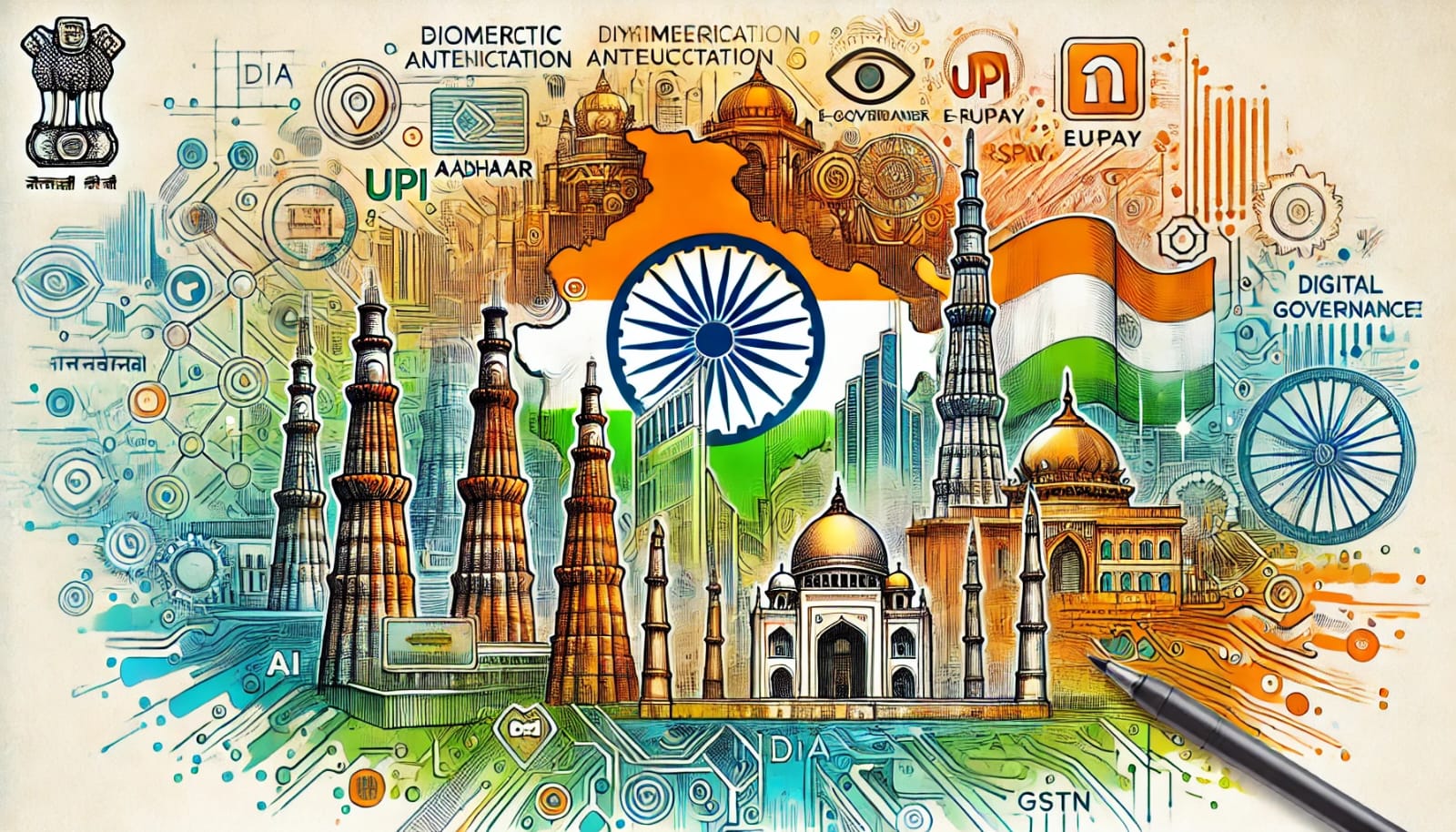Introduction
India’s digital governance landscape has witnessed significant transformation over the past decade, driven by the government’s commitment to paperless, cashless, and faceless service delivery. The National e-Governance Service Delivery Assessment (NeSDA) 2025, published by the Department of Administrative Reforms & Public Grievances (DARPG), provides an in-depth evaluation of India’s progress in digital service delivery, the integration of emerging technologies, and the challenges that remain in achieving universal access to public services.
As the regulatory and policy environment evolves, NeSDA 2025 serves as a critical benchmarking tool for states and central ministries to assess their digital transformation initiatives. This policy update examines the key findings from NeSDA 2025, their implications for digital governance, and the strategic interventions required to accelerate India’s e-governance agenda.
Key Findings from NeSDA 2025
- Expansion of e-Services Across States and UTs
India has made substantial progress in the digitalisation of public services, with 20,250 e-services now available across various states and union territories. Karnataka leads with 2,089 e-services, followed by several high-performing states that have achieved 100% coverage of mandatory services.
Key Statistics:
- 78% of mandatory e-services (1,584 out of 2,016) are now available across India.
- The Local Governance & Utility Services category accounts for the highest number of e-services (6,796).
- States such as Himachal Pradesh, Madhya Pradesh, Punjab, Tamil Nadu, Kerala, and Gujarat have achieved 100% saturation of mandatory e-services.
Policy Implications:
- Despite significant expansion, service accessibility remains uneven across states, with smaller and north-eastern states facing infrastructural and digital literacy challenges.
- The next phase of digital governance must focus on ensuring equitable access, particularly in regions where digital penetration remains low.
- An integrated approach, combining infrastructure investment with user training, is necessary to ensure inclusivity in digital service delivery.
- The Adoption of Unified Service Delivery Portals
A major advancement highlighted in NeSDA 2025 is the shift towards Unified Service Delivery Portals, which consolidate multiple government services into a single digital platform. This model enhances ease of access, transparency, and administrative efficiency.
States Leading in Unified Portal Integration:
- Karnataka (Seva Sindhu – 100% of services integrated)
- Jammu & Kashmir (e-UNNAT – 1,164 services)
- Kerala (e-Sevanam – 938 services)
- Odisha (Odisha One – 404 services)
Policy Implications:
- Unified portals represent a scalable model for achieving seamless digital governance. However, the success of these platforms depends on full integration across departments, interoperability with national platforms like DigiLocker and UMANG, and user adoption.
- The government must standardise service delivery frameworks across states to ensure consistency in user experience and efficiency.
- Integration of AI & Emerging Technologies in Governance
For the first time, NeSDA 2025 has introduced an assessment of how AI, blockchain, and IoT are being leveraged in governance. While some states have begun integrating these technologies, adoption remains limited.
Emerging Technology in Public Services:
- AI-powered chatbots are enhancing citizen engagement.
- Blockchain pilots are improving transparency in land records and public finance management.
- IoT-enabled smart governance is facilitating real-time monitoring in urban services and infrastructure management.
Policy Implications:
- A clear national strategy for AI in governance is required to prevent fragmented implementation across states.
- Standardised AI and blockchain policies should be introduced to guide their ethical use in public services.
- Interoperability frameworks should be developed to ensure seamless data exchange between central and state-level governance systems.
- The Role of the Right to Service Model in Strengthening Accountability
One of the most impactful governance models highlighted in NeSDA 2025 is the Right to Public Services (RTS) framework, successfully implemented in Meghalaya. This model has transformed service delivery by ensuring that applications are processed within fixed timelines, with real-time tracking and automatic grievance redressal mechanisms.
Key Achievements in Meghalaya’s RTS Model:
- 80% of public services are now ‘faceless’, eliminating the need for physical visits.
- Citizens can track applications in real-time and receive SMS/email updates.
- An automated grievance redressal system ensures that delays are flagged and addressed efficiently.
Policy Implications:
- States must institutionalise the RTS model across all government services to improve accountability and responsiveness.
- A centralised dashboard for tracking service delivery timelines across states can help benchmark performance and identify bottlenecks.
- Mandating service-level agreements (SLAs) for all public services will help standardise delivery expectations.
Strategic Recommendations for Scaling Digital Governance
- Expanding AI-Driven Public Service Delivery
- Enable 24/7 automated support for public queries.
- Improve service efficiency through predictive analytics.
- Enhance multilingual access to ensure greater inclusivity.
- Strengthening Digital Infrastructure in Underserved Regions
- Targeted investment in broadband connectivity and digital literacy programmes.
- Public-private partnerships to expand last-mile connectivity.
- Adoption of mobile-first governance strategies to increase accessibility.
- Institutionalising the Right to Service Model Nationwide
- Time-bound processing of applications across all government departments.
- Real-time tracking and grievance redressal dashboards.
- Automated alerts to ensure accountability in service delays.
- Developing a Unified National e-Governance Framework
- Ensure seamless interoperability between state and central portals.
- Integrate governance platforms with national frameworks like DigiLocker, UMANG, and CPGRAMS.
- Facilitate cross-state service portability, allowing citizens to access services irrespective of location.
Conclusion: A Roadmap for the Future
The NeSDA 2025 report provides a comprehensive roadmap for India’s digital governance trajectory. While significant progress has been made, challenges remain in ensuring service accessibility, standardisation, and accountability.
As India moves towards the next phase of digital transformation, the focus must be on:
- Strengthening AI-driven governance models.
- Expanding e-service adoption across underserved regions.
- Institutionalising accountability frameworks through RTS models.
- Establishing a national e-governance interoperability framework to unify service delivery.
The coming years will be crucial in shaping India’s digital governance architecture. Policymakers must leverage the insights from NeSDA 2025 to drive targeted reforms, ensuring that India’s governance model is not just digital but efficient, inclusive, and truly citizen-first.





